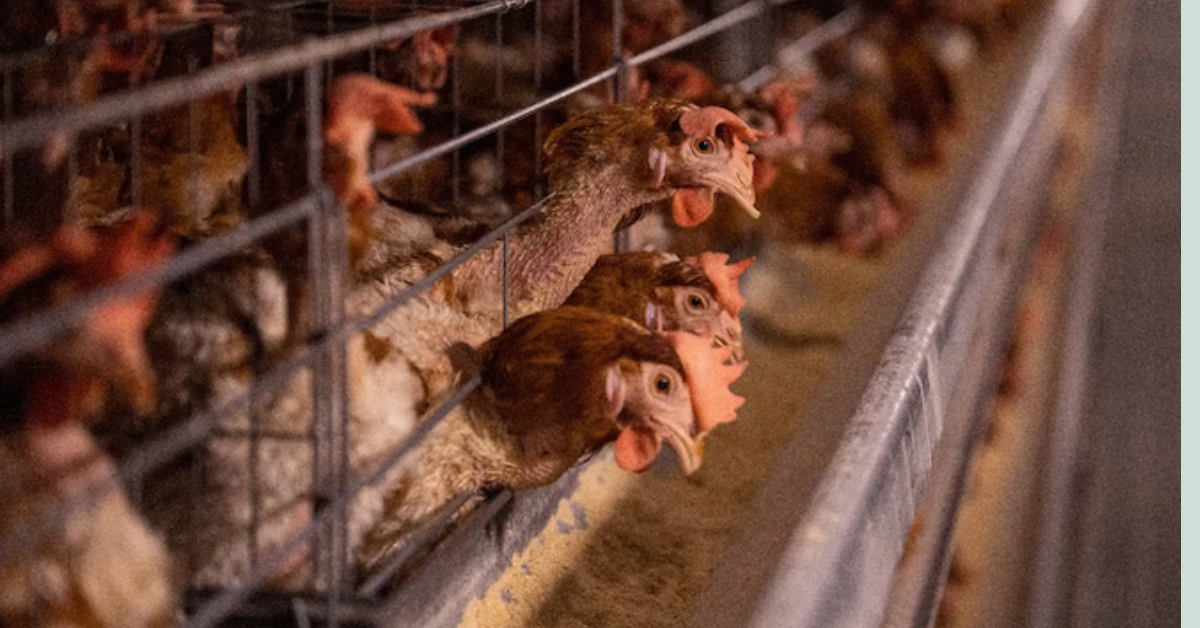In a world already grappling with the aftermath of the COVID-19 pandemic, a new health crisis has emerged: the spread of highly pathogenic avian influenza (HPAI), commonly known as bird flu. The recent case of a farm worker in Texas contracting the HPAI A(H5N1) virus has sent shockwaves through the medical community and raised alarms about the potential for a pandemic of catastrophic proportions.
The Emergence of Bird Flu in Texas
Amidst reports of thousands of dead Antarctic penguins, the discovery of bird flu in Texas has heightened concerns about the spread of the virus. The infected farm worker, confirmed by the US Centers for Disease Control and Prevention (CDC), marks the second human case of avian flu in the US, following a previous case in Colorado in 2022. The transmission of the virus from poultry to dairy cows and then to humans has raised urgent questions about the effectiveness of containment measures and the potential for further spread.
A Call for Vigilance and Preparedness
At a press briefing attended by experts in the field of bird flu research, doctors, and government officials, warnings were sounded about the potential for a bird flu pandemic. Dr. Suresh Kuchipudi, a renowned bird flu researcher, emphasized the gravity of the situation, noting that the virus has long been considered a top contender for a pandemic. John Fulton, a pharmaceutical industry consultant, echoed these concerns, highlighting the potentially dire consequences if the virus mutates and maintains its high fatality rate.
The Global Impact of Bird Flu
The threat of bird flu extends far beyond the borders of the United States. Globally, from 2003 to 2024, there have been 887 reported cases of human infection with bird flu, resulting in a staggering fatality rate of 52%. While instances of cattle-to-human transmission are rare, the risk of sporadic infections and small clusters of cases remains a cause for concern. The World Health Organization (WHO) has cautioned that avian influenza viruses circulating in poultry pose a significant risk to human health, underscoring the need for enhanced surveillance and preparedness measures.
Challenges and Uncertainties
Despite advances in our understanding of avian influenza, significant gaps remain in our knowledge of the virus and its transmission dynamics. With the emergence of new infectious diseases, the potential for high fatality rates looms large, as humans lack immunity against these novel pathogens. The widespread prevalence of bird flu among wild birds and poultry flocks further complicates efforts to contain the virus and prevent further spread.
Symptoms and Treatment
In birds, symptoms of avian flu include diarrhea, breathing difficulties, swollen heads, and sudden death. In humans, symptoms can range from mild, such as cough, headache, sore throat, and fever, to severe conditions like pneumonia requiring hospitalization. While there is no specific treatment for bird flu in birds, infected flocks are often euthanized to prevent further spread of the virus. For humans, antiviral medications are prescribed to alleviate symptoms and reduce the severity of the illness.
A Call to Action
As the world confronts the threat of bird flu, concerted efforts are needed to contain the spread of the virus and mitigate its impact on global health. Enhanced surveillance, robust containment measures, and investment in research and development of antiviral treatments are critical in combating this emerging threat. By working together, the global community can confront the challenges posed by bird flu and safeguard public health for generations to come.















